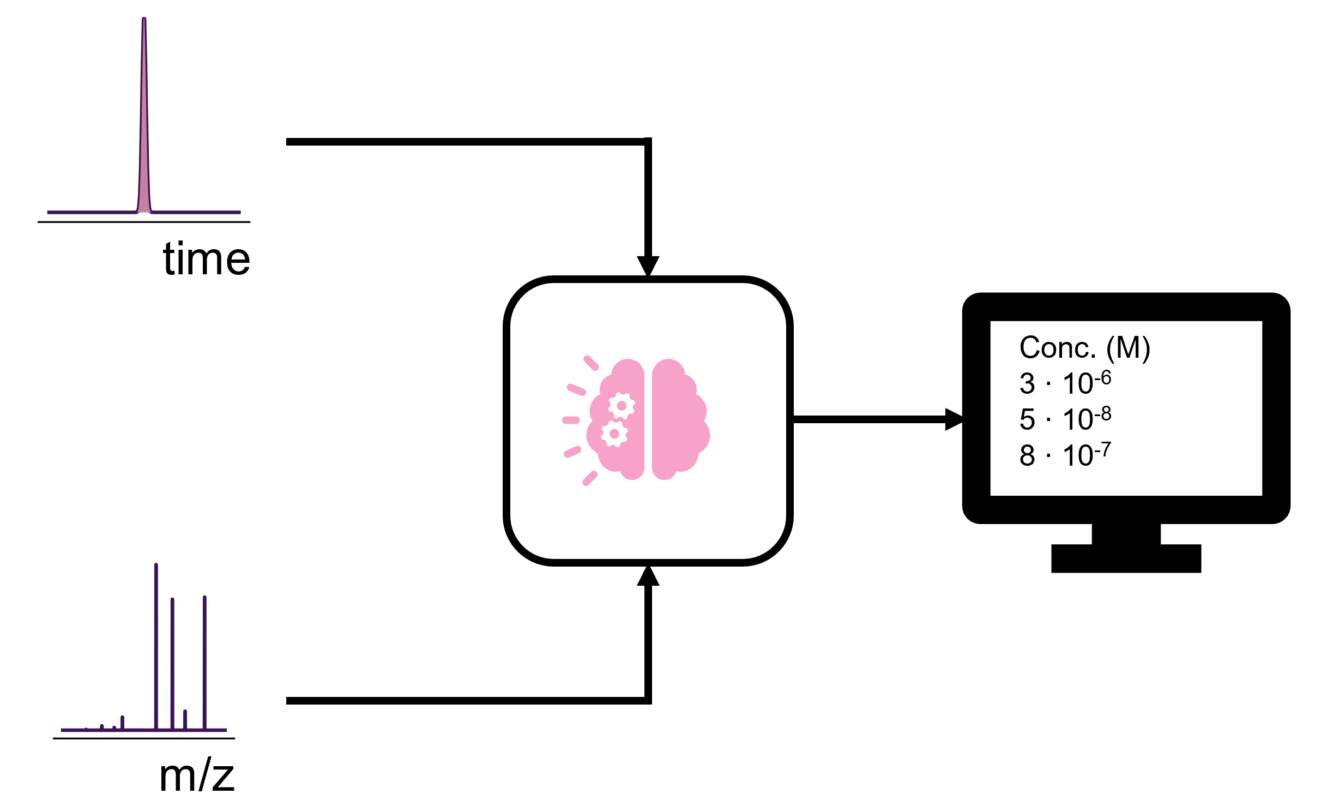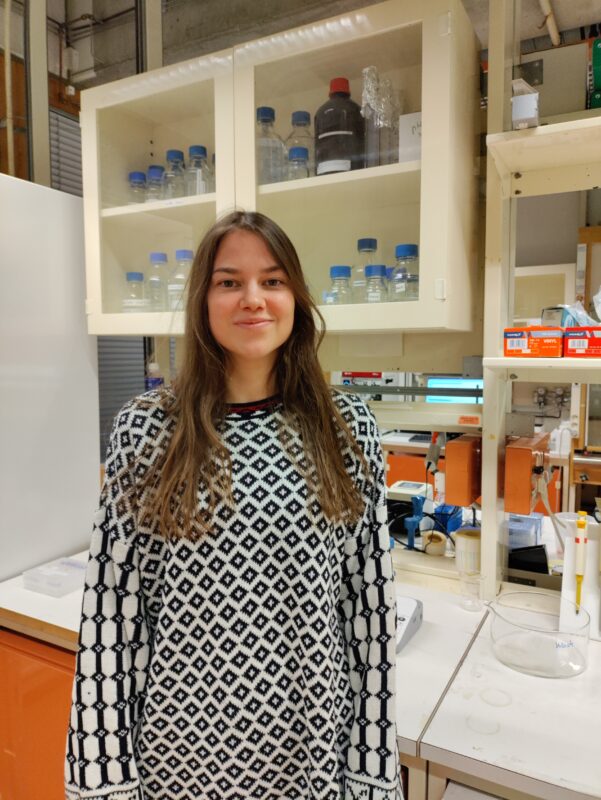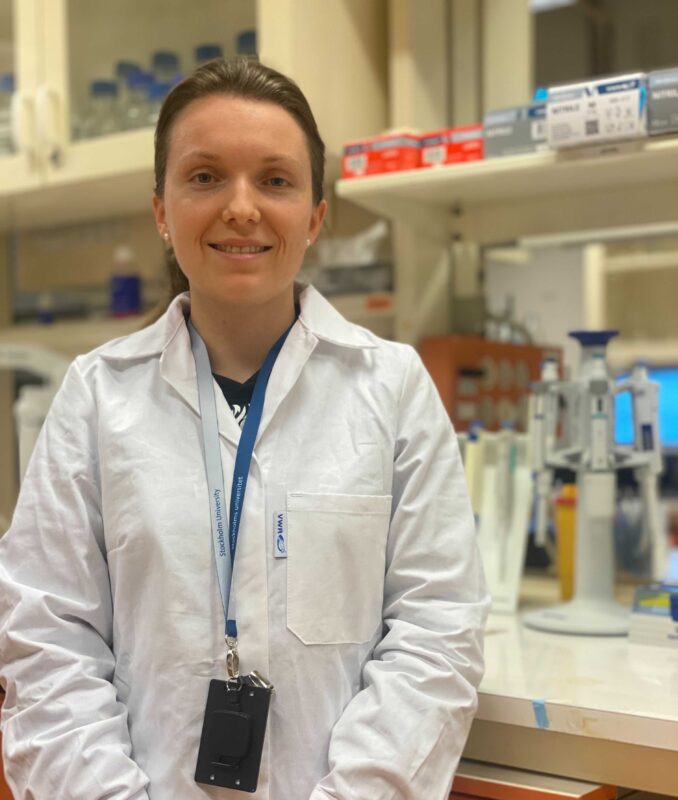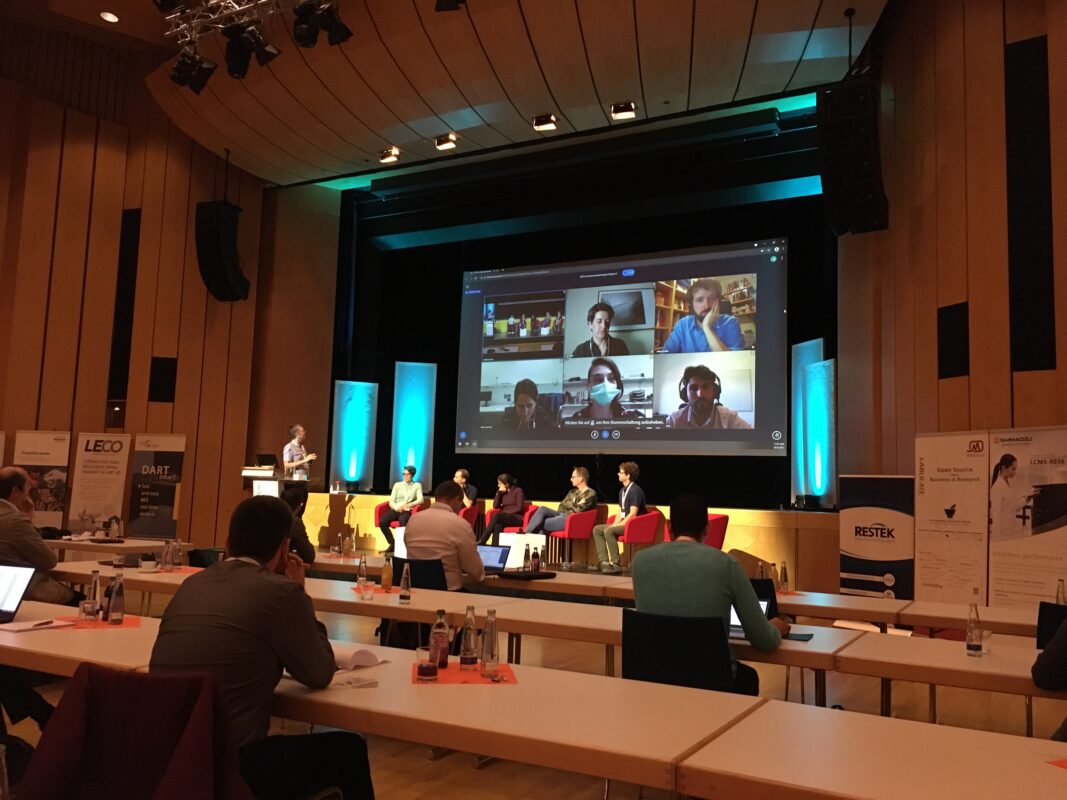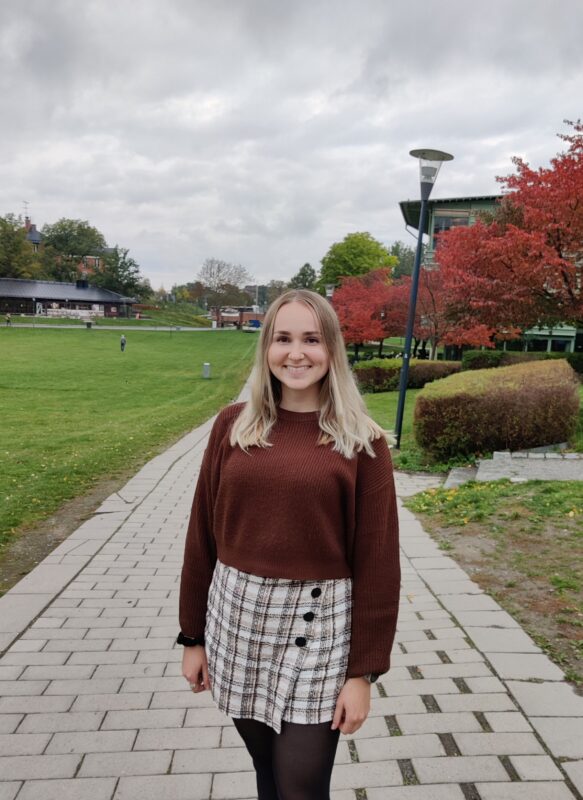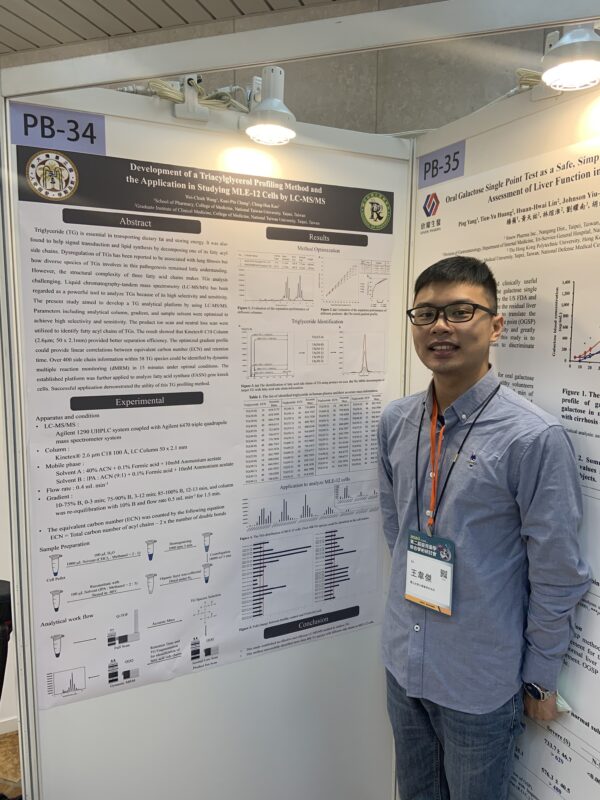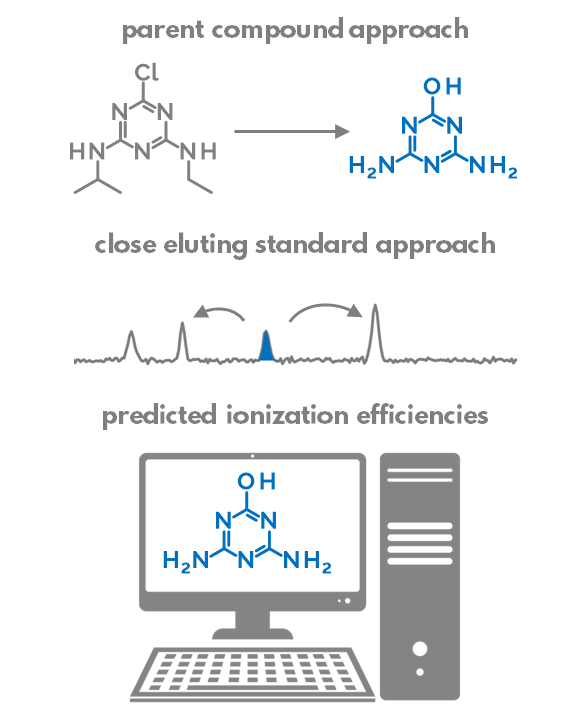Non-target analysis with LC/ESI/HRMS is increasingly used to detect thousands of chemicals in environmental samples. However, most of these chemicals are never confidently identified nor quantified. This in turn means that they are ignored in risk assessments. In our recent paper, we address this issue by modeling the response factor for chemicals without the need […]
Lisa is a second year Master’s student with a background in environmental chemistry. For her Master’s thesis, Lisa is working on the exciting field of non-targeted screening and developing a prioritization method for unidentified compounds in the MS spectra of real life samples. In order to give compounds priority ranks, she is using in-house built […]
Pauline Petitfour is an intern from Sigma-Clermont engineering school in Clermont-Ferrand (France). She is studying organic and analytical chemistry and she is joining our group for four months internship. She will evaluate and model the extraction efficiency for most common solid phase extraction workflows used in non-targeted screening. Bienvenue Pauline!
After almost two years of zoom-only meetings, it was my great pleasure to last week get back to meeting fellow scientists in person at Intentional Conference on Non-Targeted Screening, Erding, Germany. The meeting was held in parallel in-person and online. The conference ran over four days with talks covering computational mass spectrometry, instrumental techniques for […]
After spending six months in South-Korea as an exchange student and finishing her Master’s degree from University of Tartu, Helen Sepman is back in our group. Helen was part of Kruvelab in Stockholm University in October 2020-January 2021, when she studied protomer formation of caffeine metabolites with cyclic-IMS as an intern. She was one of […]
Emma Palm and Louise Malm started their master thesis in our group. Emma and Louise are master students in analytical chemistry at Stockholm University and they did their bachelor’s thesis in our group. Emma Palm will work with cyclic ion mobility for the identification of isomeric compounds based on the collision cross-section. This will […]
As a new school year has started, it is time to greet some new members to our group. One of the new faces in our group is Harry (Wei-Chieh Wang). Harry is an exchange student from National Taiwan University in Taiwan and is joining us as an intern for two months. During his bachelor […]
How do you know which of the compounds detected in suspect or non-targeted screening is most likely to cause an adverse effect? Which is most toxic? Which is present in the highest concentration? Which is having a concentration close to a toxic endpoint? This is exactly what we are answering in our latest research in […]
The last two weeks have been going under the title “thesis-thesis-thesis” in our group. This spring one BSc student and two MSc students from our group have defended their thesis: Sara Khabazbashi, Helen Sepman, and Thomas Ledbetter. Both Sara and Thomas have dug into the analytical standard free quantification for pollutants. Sara specifically focussed on metabolites of […]
Non-targeted screening with liquid chromatography-electrospray high-resolution mass spectrometry (LC/ESI/HRMS) is revealing hundred to thousands of contaminants in the water. We have recently proposed a way to quantify these contaminants based on the estimated LC/ESI/HRMS ionization efficiencies. But how to know how well such tools are performing? Well, we need to compare with classical methods that are […]


